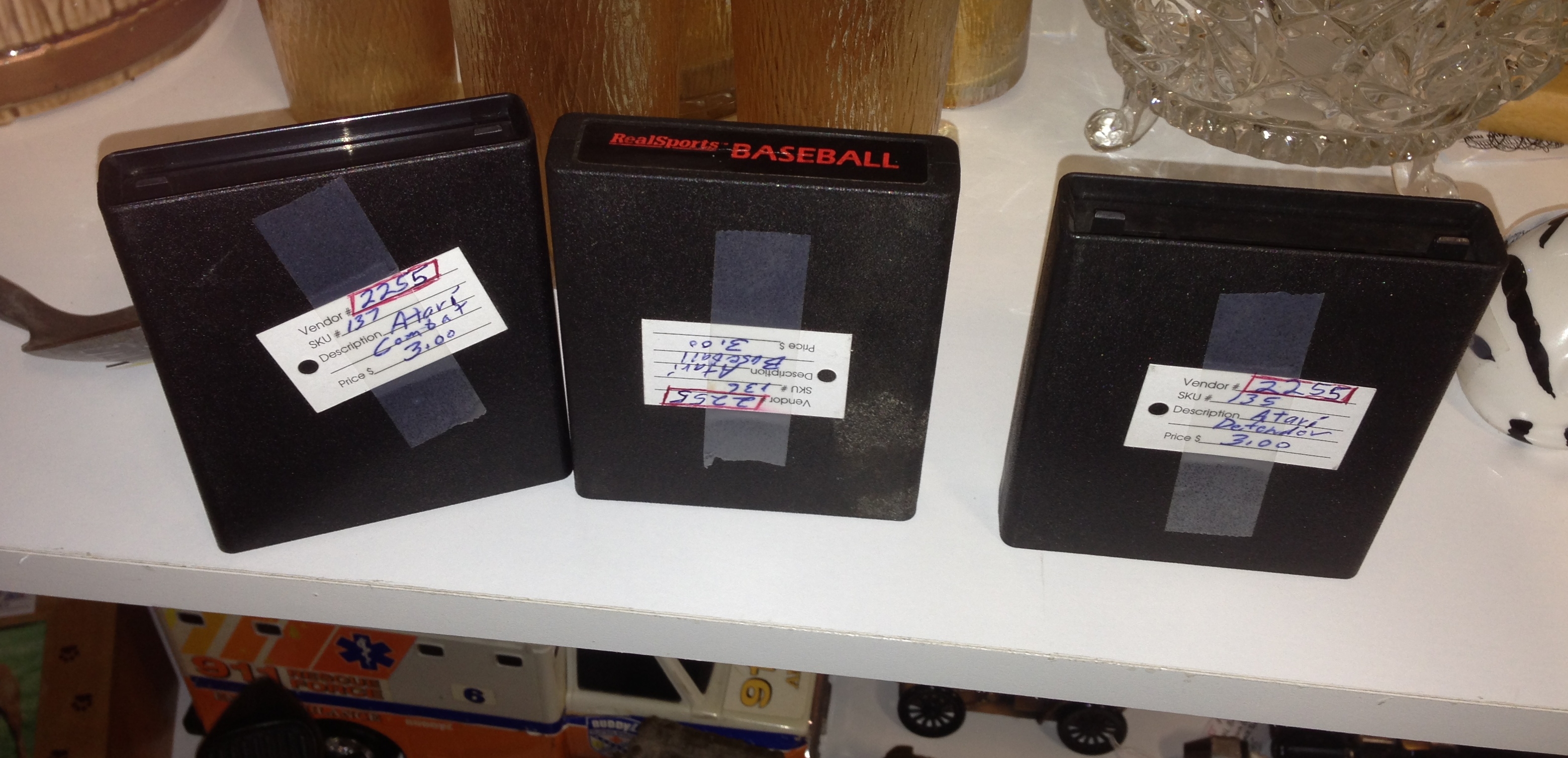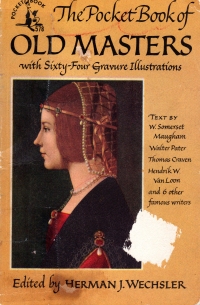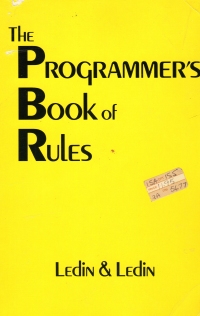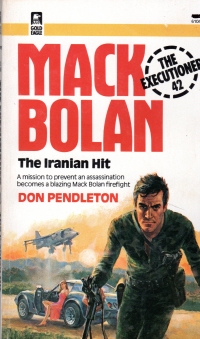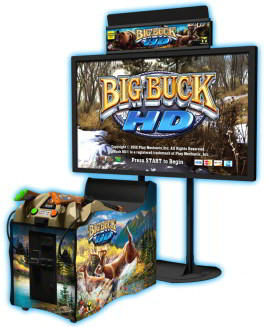I stopped by an antique mall yesterday. I’m not sure why I stop by antique malls, as I’m not one to decorate my home in antiques (except old books, of course). The only thing I tend to buy at antique malls is LP record albums, and the number of records of particular interest (1940 through 1960s jazz, big band, swing, and easy listening) diminishes as the houses of my grandparents’ generation empty out.
You don’t tend to find the things I like to collect in antique malls, and when you do, well….
I spotted the three Atari cartridges on a shelf with some old toys, so I flipped one over to see how much they were.
$3.00 each.
For Combat, Defender, and RealSports Baseball.
If they’d have been a quarter each, I would have bought them because I’m a hoarder as much as a collector, but $3.00 was a bit too much. That’s pricing for grandparents who think that their grandchildren might like them or for hipsters who want to repurpose (ahem, “upcycle”) them into art work or something. That’s not for collectors, who know these three cartridges are worth pennies each or two copies of Frampton Comes Alive.
I also passed up a couple of Coleco faux arcade tabletop games from the 1980s, Frogger and Ms. Pac Man, because they were priced at $48.50 each. Which is about the original retail price as I recall.
As you probably know, part of what I like in collecting is not just getting the things, but getting the things inexpensively. Which is harder and harder in the Internet age, brothers and sisters, since things tend to rise up to their market values on the Internet and in many garage sales and estate sales.
And beyond in formal antique malls and flea markets.
